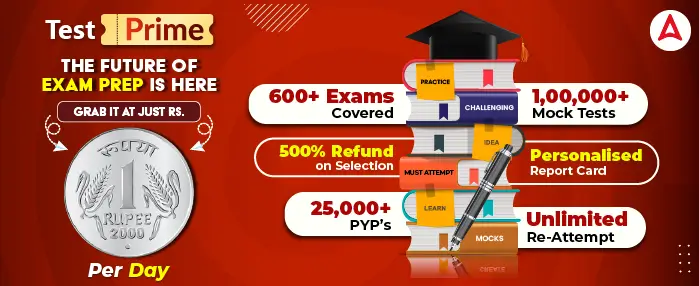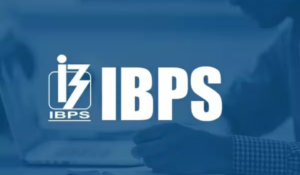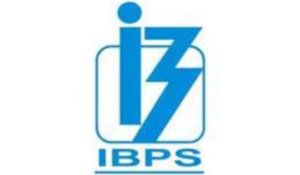Simplification and Approximation are among the most high-scoring and time-saving topics in the Quantitative Aptitude section of banking exams like SBI PO, IBPS PO, Clerk, RRB, Insurance exams, and various competitive tests. These questions are designed to test a candidate’s numerical agility, calculation speed, and ability to apply smart tricks rather than traditional long methods. With the right techniques and consistent practice, anyone can master these topics and solve questions within seconds.
Must-Know Techniques for Simplification
Simplification & Approximation are essential Quant topics that help candidates solve numerical problems quickly using arithmetic rules, rounding techniques, and mental math shortcuts. These questions test calculation speed and decision-making, making them some of the highest-scoring parts of banking and competitive exams. By mastering BODMAS, number splitting, rounding off, and estimation tricks, aspirants can easily solve problems within seconds and significantly boost their overall Quantitative Aptitude performance.
Apply BODMAS Rule
Always follow:
Brackets → Orders → Division → Multiplication → Addition → Subtraction
Use Number Splitting
Break big numbers into simpler parts.
Example:
289 + 336 → (300 – 11) + (300 + 36)
Learn Efficient Multiplication Tricks
-
11 × 34 = 374
-
(a + b)(a – b) = a² – b²
Master Square and Cube Shortcuts
Memorize squares up to 30 and cubes up to 20 for faster solving.
Use Fraction to Decimal Conversions
Common conversions like:
1/8 = 0.125, 1/6 = 0.166, 3/4 = 0.75
Must-Know Techniques for Approximation
Approximation is one of the most scoring topics in banking exams, and mastering a few smart techniques can significantly boost your speed. The key strategies include rounding numbers to the nearest tens or hundreds, breaking complex values into simpler parts, using benchmark values for quick estimation, and applying fraction-to-percentage shortcuts to avoid lengthy calculations.
Round Off Numbers Smartly
Example:
72.89 ≈ 73
159.2 ≈ 160
Approximate Fractions
13/29 ≈ 0.45
96/21 ≈ 4.5
Ignore Insignificant Values
In large expressions, small decimals hardly impact the final answer.
Avoid Over-Approximation
Keep rounding controlled so you don’t drift too far from correct option.
Choose the Closest Option
Approximation is used mainly when options are widely spaced.
Examples for Better Understanding
Understanding the difference between simplification and approximation becomes easier when you break problems into smaller steps. Simplification focuses on solving the exact value, while approximation helps you estimate answers quickly by using nearby perfect numbers. These techniques save time during competitive exams and improve accuracy under pressure.
Simplification Example
Q: 47 × 12 – 96 ÷ 4
A: 47 × 12 = 564
96 ÷ 4 = 24
564 – 24 = 540
Approximation Example
Q: √198 ≈ ?
198 is close to 196
√196 = 14
Tips to Improve Speed in Quant Section
Improving speed in Quantitative Aptitude is crucial for banking exams, where every second counts. With the right strategies, shortcuts, and regular practice, you can solve questions faster, minimize errors, and boost your overall score. Here are some effective tips to enhance your speed in Quant.
Master Shortcuts & Tricks: Learn Vedic Maths techniques, simplification tricks, and shortcut formulas for squares, cubes, percentages, and ratios. Practice multiplication, division, and fraction tricks to save precious seconds.
Focus on High-Scoring Topics: Prioritize topics like Simplification, Data Interpretation, Number Series, Profit & Loss, SI/CI, and Ratio & Proportion. Avoid spending too much time on low-frequency, time-consuming topics during exams.
Daily Practice with Timers: Solve sets of 10–15 questions in a timed environment. Gradually reduce the time to simulate actual exam pressure and improve decision-making speed.
Analyze Mistakes: After every practice session, review errors carefully. Identify patterns in mistakes, calculation errors, misreading questions, or slower approaches and work on them.
Memorize Key Formulas: Keep a formula notebook and revise daily. Focus on compound interest, speed-distance-time, work & time, and geometry formulas for quick recall.
Practice Mental Calculations: Reduce dependency on paper for basic arithmetic. Practice adding, subtracting, multiplying, and dividing numbers mentally to save time.
Regular Mock Tests: Take weekly full-length Quant mocks to build speed and stamina. Track your progress: see how many questions you can solve correctly within the allotted time.
Learn tables up to 20: Memorize squares, cubes, and percentages. Practice mental math daily. Use Vedic maths shortcuts where useful. Solve sectional quizzes regularly
| Related Posts | |
| Coding Decoding Questions for Beginners | |
| Basic Concepts of Syllogism with Examples | Inequality Tricks for Beginners |




 Bank Mergers in India (1993–2025): Full ...
Bank Mergers in India (1993–2025): Full ...
 Most Important DI Questions for IBPS RRB...
Most Important DI Questions for IBPS RRB...
 IBPS RRB PO Shift Timings & Reportin...
IBPS RRB PO Shift Timings & Reportin...








